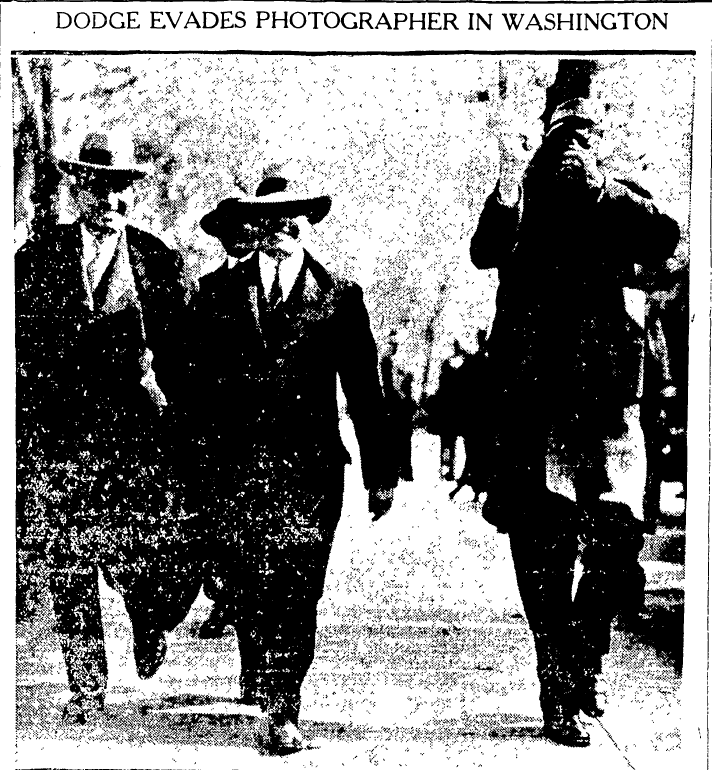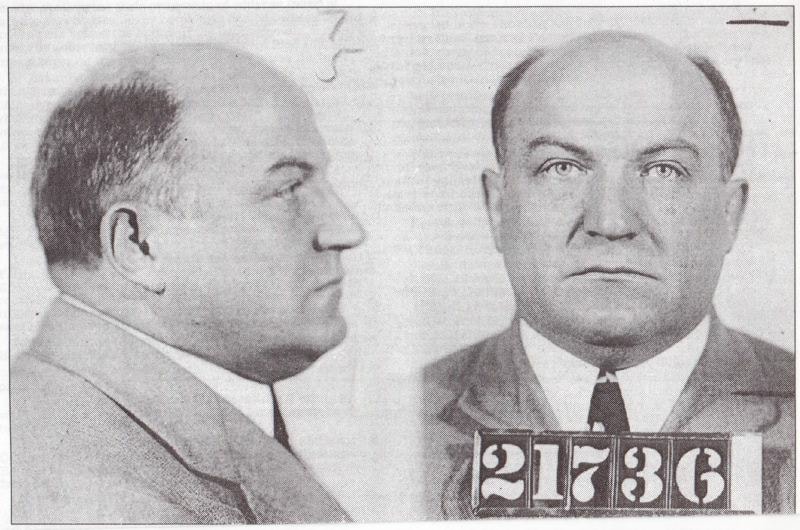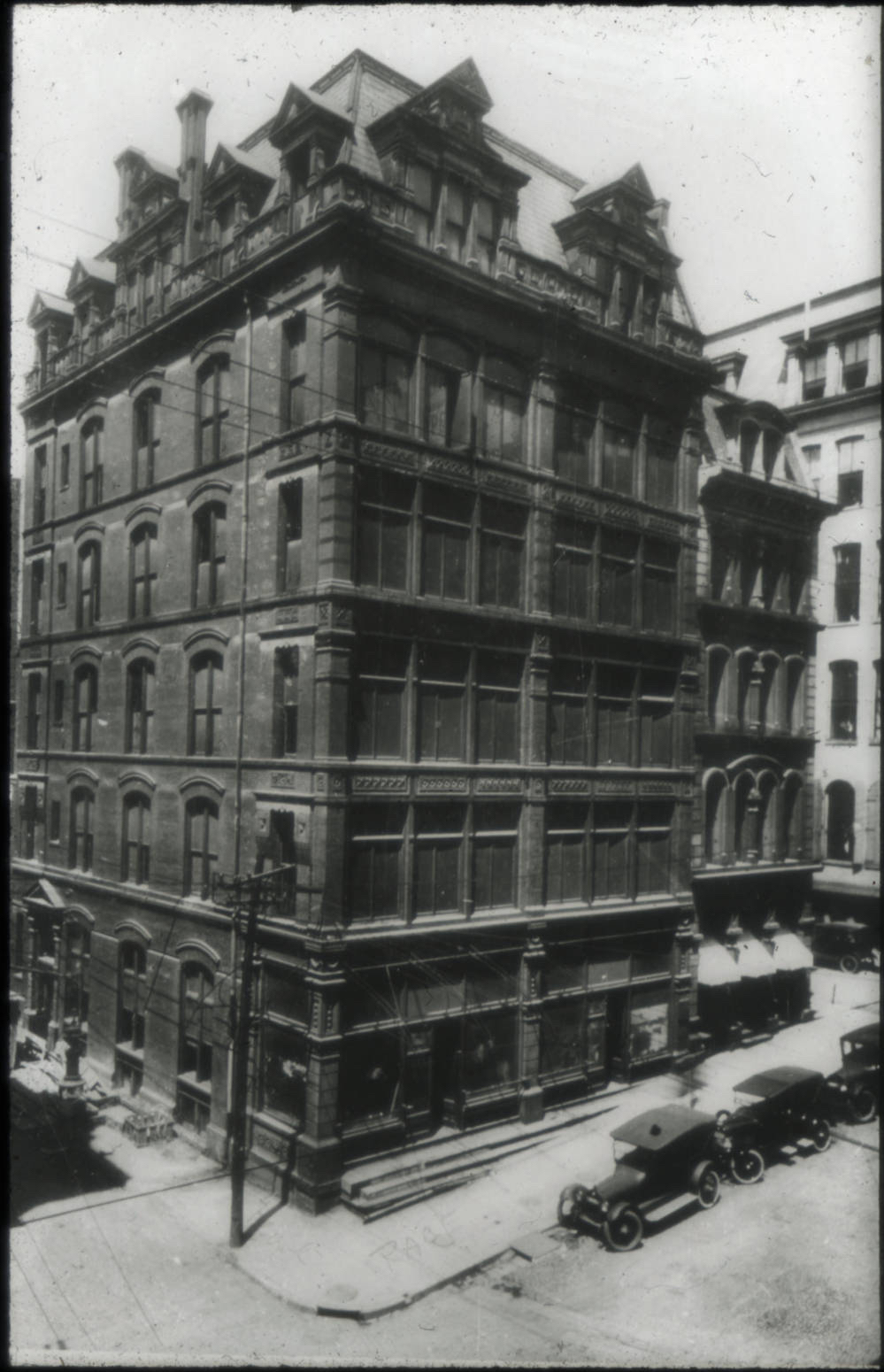Any truth to the idea that Remus inspired the main character in F. Scott Fitzgerald’s The Great Gatsby?
F. Scott Fitzgerald was right about so many things about America in the 1920s. As he proclaimed, the decade truly stood as “the grandest, gaudiest spree in history.” George and Imogene Remus embodied this idea. Remus turned himself and Imogene into the King and Queen of the criminal underworld.
Yet, like the nation itself, that opulent world would come crumbling down around them.
Many features of The Great Gatsby sound as if they were ripped from the life of George Remus—the parties, the magnificent pool, a string of pharmacies that he opened, real books, bootlegging—but, and it’s an important point—these same traits were encompassed in several other prominent bootleg barons from the age, most notably Arnold Rothstein, the biggest player in the New York City underworld. [For more information about Rothstein, check out the masterful biography Rothstein by David Pietrusza, one of America’s finest historians.]
After 17 years of thinking about George Remus and writing a biography of The Great Gatsby, the idea that Fitzgerald used Remus as a guide was intriguing, but needed much deeper analysis. Too frequently, historians, reporters, and writers made the assertion without any real proof.
After sifting through thousands of pages of primary source material, traveling to Louisville to check into evidence at the Seelbach Hotel, and reading seemingly endless scholarly analyses about Gatsby, I surmise that Remus was most likely just one of a number of bootleg kings that Fitzgerald used to create the composite that later became Jay Gatsby.
Fitzgerald’s movements in and around New York City and attending the grand parties on Long Island certainly provide evidence that Remus—half a country away in Cincinnati—would have been a lesser influence than the gangsters in the Big Apple that he could more readily read about and even know personally. The Seelbach Hotel in Louisville, however, makes its way into the novel. Gossip and rumors about the “King of the Bootleggers” certainly may have made their way to Fitzgerald, but there is no direct evidence that he traveled to Louisville after Prohibition became law. His time in the city had been as an officer trainee during the waning days of World War I. His escapades, including being kicked out of the hotel’s famous Rathskeller bar for being too inebriated, happened years earlier.
Remus was in the public eye and the nation followed his exploits in the papers. Fitzgerald was a voracious reader and interpreter of the news.
Over the years, though, the fable that George Remus was THE model for Jay Gatsby has gained momentum. Many writers and scholars make the claim without clear evidence, because that evidence does not exist, or at least hasn’t been uncovered yet.
Until we have definitive proof, I think the best we can say is that Remus was A model, but not the sole model, for The Great Gatsby.
For a detailed analysis of the Fitzgerald/Gatsby/Remus connection, as well as information about other sources for Jay Gatsby, check out The Bourbon King: The Life and Crimes of George Remus, Prohibition’s Evil Genius (Diversion Books).

















